Last Updated: 06/05/2025
Are Hairballs Dangerous?
Worried about your cat's hairballs? Learn what causes them, what the risks are and how to get on top of them.
Author: Dr Carla Paszkowski BVSc (Hons)
Reading Time: 18 minutes - medium read
Cats and hairballs go paw in paw. If you know what a cat is, you've probably also heard of their infamous slimy counterparts. Despite their name, hairballs are rarely presented as a ball or spherical shape. Rather, they are usually an elongated sausage shape - like some gross, furry, delicatessen nightmare!
Apart from the obvious unpleasant nature of hairballs, they can also be quite dangerous for your cat. For most cats, having hairballs more than once a week is abnormal and veterinary assistance should be sought.
Skip to a section:
What are furballs?

Hairballs or trichobezoars are clumps of hair regurgitated by cats, sometimes mistaken for fecal matter. The hairs are swallowed during the grooming process due to the unique barbs on your kitty's tongue. Usually this hair will pass through the digestive tract in the faeces, however when large clumps develop they may be regurgitated as a hairball.
Hairballs in cats can be caused by a number of contributing factors including digestive issues, low fibre diets, or poor coat quality. Read more about the causes of hairballs in cats.
How To Treat Hairballs in Cats

1. Change their diet
Your cat's diet plays a very important role in the health and condition of their coat and gastrointestinal tract. Lack of sufficient nourishment and essential vitamins and minerals can increase the rate of dying and shedding hair.
TOP PICK: If your cat is still suffering despite a healthy diet, you may wish to try Royal Canin Veterinary Diet Gastrointestinal Hairball. This new, precisely formulated, veterinary strength diet is the first 'therapeutic' level diet helps to eliminate ingested hair and control hairball formation. It's clinically proven to successfully move more hair through the digestive tract into the faeces when compared to normal cat food and 'retail' hairball diets.
For ongoing maintenance, retail hairball diets may be perfect for your kitty. With a higher fibre content and sensitive stomach blend, they can help move fur through the tract. Diets from this category include Royal Canin Feline Intense Hairball, Hills Hairball and Advance Hairball.
Top Hairball Diets
With a unique hairball complex, this diet is clinically proven to increase hair passage through the digestive tract into the faeces, compared to normal cat food.
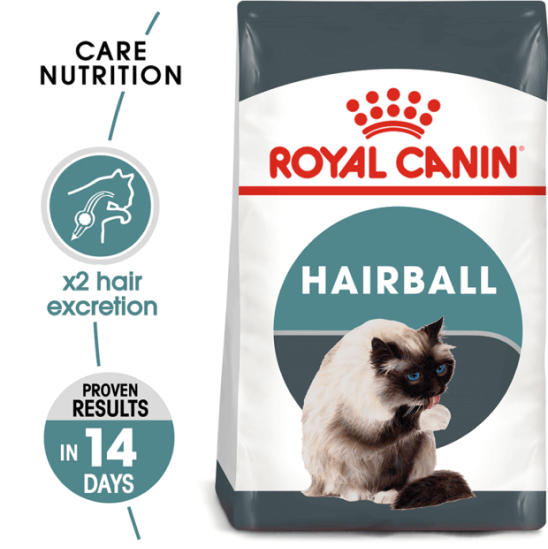
This premium dry food contains psyllium and micronised fibres to double the amount of hair that naturally passes through the digestive tract, helping to reduce hairball formation.
Hills Hairball Control is available in 'adult' and 'senior' formulations. It contains natural fibre, as well as an exclusive blend of omega 6 fatty acids to promote healthy skin and shiny coat.
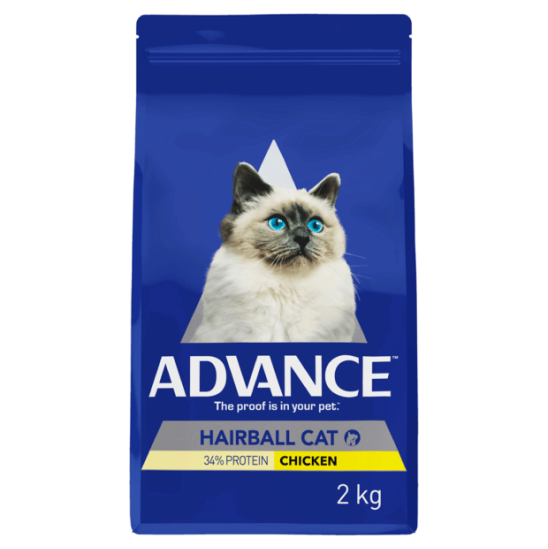
This Aussie-made diet helps reduce hairballs with psyllium husk and slippery elm bark, which assist ingested hair to move gently through the digestive tract.
2. Get Brushing

As cats ingest hair through self-grooming, you can reduce the amount of ingested hair by brushing Snowball yourself. Daily brushing is particularly important during shedding periods. Bristle brushes are a popular option for most cats, especially short haired breeds, but long haired cats may benefit more from a pin or slicker brush instead. A de-shedding brush like The Furminator is also a great idea if your cat is shedding excessively due to the season.
If your cat despises being brushed, the Kong Zoom Groom is adored by most kitties as it provides a gentle massage while stimulating blood flow and removing dead hairs.
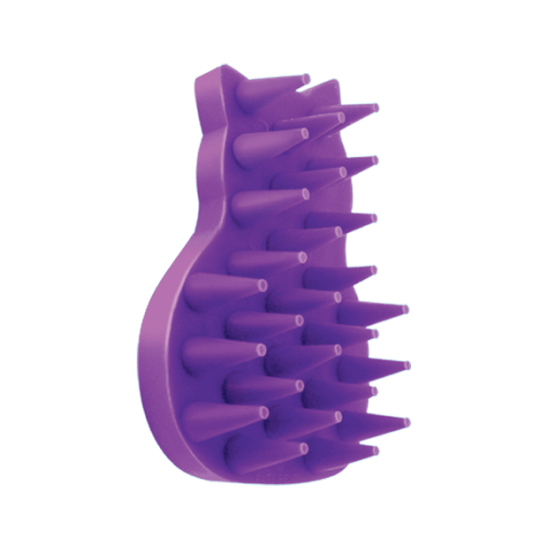
Read more about cat brushes in our article What are the Best Cat Brushes?
3. Address Anxiety

Some people bite their nails or grind their teeth when they're anxious so it's no surprise that cats may also exhibit certain behaviours when anxious or stressed. Increased grooming is a common sign of anxiety which may not only contribute to hairball formation but can also cause bald patches and sores. To treat the anxiety, you will need to pinpoint and treat the cause (new pet, new house etc). Providing additional hiding spots or safety zones and using a Feliway Diffuser may help your feline friend to feel more secure.
Learn about the easiest ways to reduce stress in our article How to Reduce Anxiety in Cats
4. Parasite prevention and allergies

Irritants to your cat's skin may also cause increased hair loss or excessive grooming. Always keep your cat's flea and tick prevention up to date with a reliable treatment like Revolution Plus or Bravecto.
You may also need to consider whether your kitty's skin is reacting badly to a specific grass/plant allergy or food allergy. Elimination trials may need to be conducted with the assistance of your local veterinarian to pinpoint the irritant.
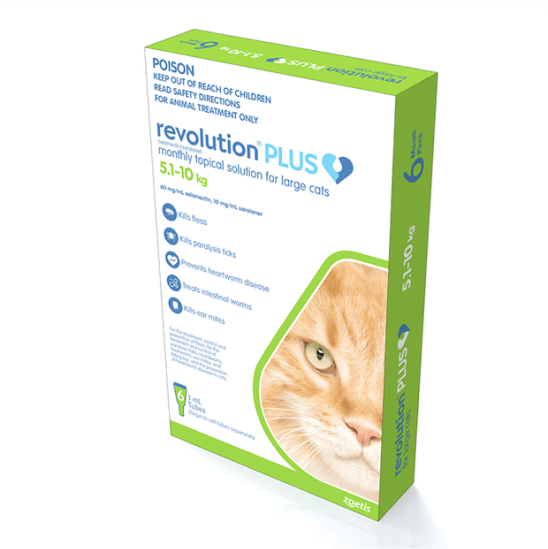
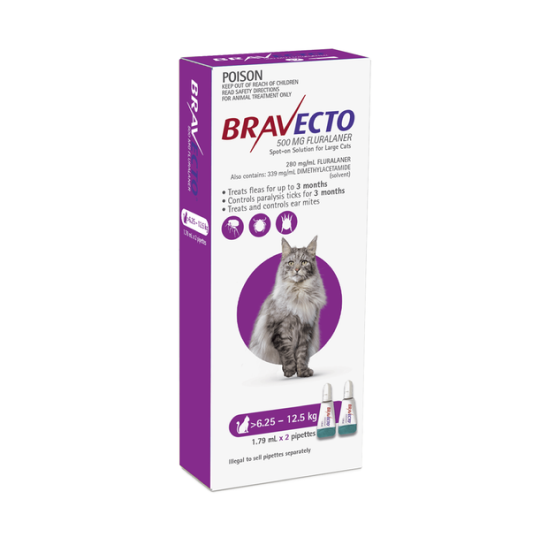
Cats commonly suffer from hairballs, but if it is happening more than once a week, you will need to take steps to address the problem. Unexpelled hairballs can cause a lot of trouble, sometimes requiring surgical intervention. A high fibre diet and regular grooming (by a human) can drastically reduce hairball formation and help to expel swallowed hair as waste. Managing anxiety, allergies and flea infestations as required will also help to control and reduce excessive grooming and hair consumption.